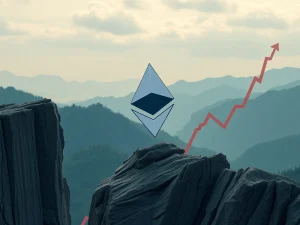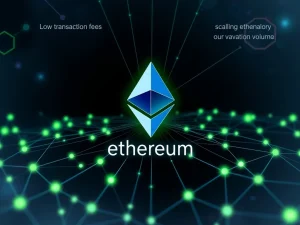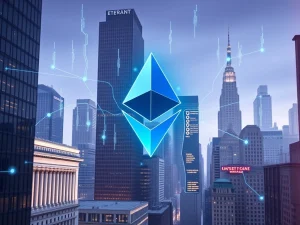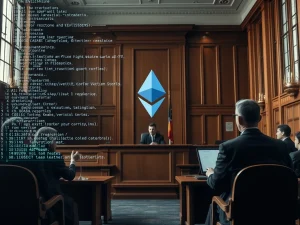Ethereum Pectra Upgrade: Why ETH Price Lags Despite Key Improvements
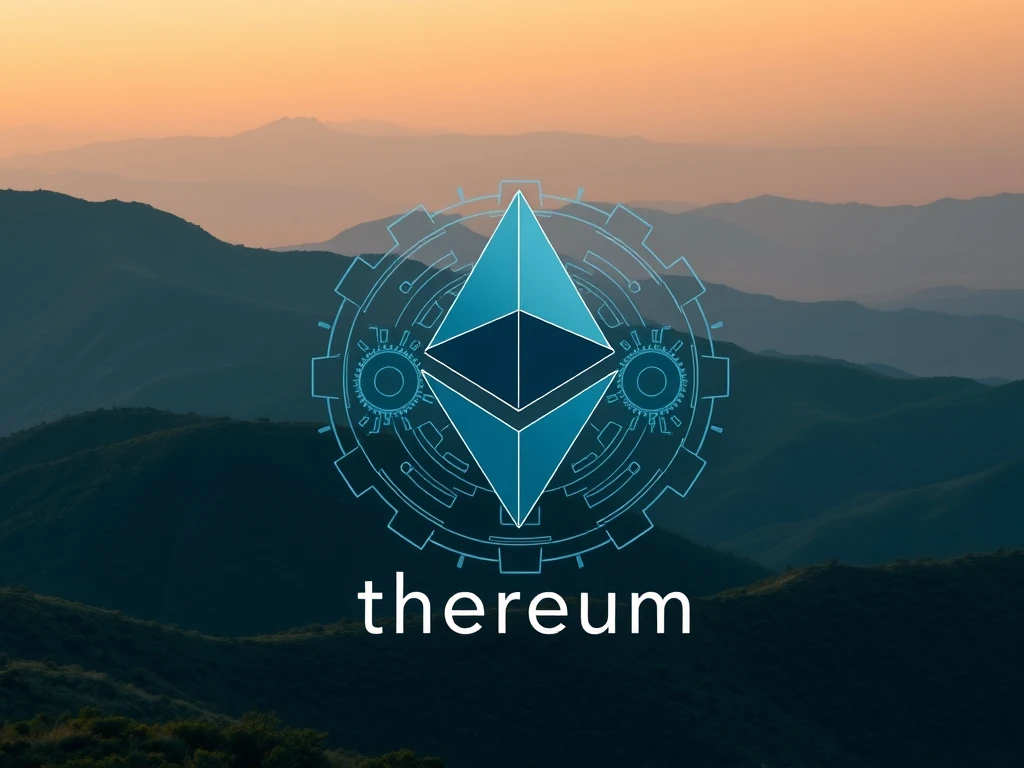
The crypto world recently saw a significant event: the successful deployment of the Ethereum Pectra upgrade. This network improvement was anticipated to bring much-needed enhancements. However, despite the upgrade going live, the reaction in the crypto market, specifically the ETH price, has been notably subdued. Many are now asking why Ether hasn’t responded with a rally and what it will take for ETH to reclaim key price levels.
Ethereum Pectra Upgrade Lands, But ETH Price Stays Flat
On May 7, the Ethereum network successfully implemented the Pectra upgrade. This was a crucial step forward, aiming to refine the network’s capabilities. Historically, network upgrades on Ethereum have sometimes preceded positive price movements. Yet, this time, Ether (ETH) price and associated derivatives metrics showed minimal response. This lack of immediate impact surprised many traders and analysts, leading to questions about Ether’s potential to climb significantly, specifically to retake the $2,200 level.
Market indicators support the observation of limited trader enthusiasm:
- The annualized premium for ETH 30-day futures has remained below the 5% neutral threshold, sitting around 3%. This suggests leveraged traders aren’t betting heavily on an imminent price surge.
- Notably, this indicator showed no significant change following the successful Pectra upgrade deployment, indicating positions weren’t adjusted based on the upgrade alone.
The muted reaction isn’t solely due to the upgrade itself. Broader macroeconomic concerns, like rising recession risks and global trade uncertainty, are influencing the overall crypto market sentiment. However, Ether’s underperformance predates these recent concerns, lagging the broader crypto market capitalization by 28% in the first quarter of 2025.
Why the Ethereum Network Faces Challenges Compared to Competitors
The limited price impact post-Pectra also reflects a broader narrative: competing blockchains have gained significant traction. While the Ethereum network is the pioneer, others have shown faster growth in specific areas.
Comparing network activity highlights some key differences:
| Blockchain | Monthly Active Users (Approx.) | 30-Day Network Fees (Approx.) |
|---|---|---|
| Solana | 82.2 million | $39.4 million |
| BNB Chain | 25.9 million | Not specified in text, but high user activity |
| Tron | Not specified in text, but significant stablecoin activity | $51.8 million |
| Ethereum Base L2 | 10.3 million | Included in Ethereum fees |
| Ethereum (L1 + L2) | Lower than Solana/BNB combined | $19 million |
Historically high fees on the Ethereum base layer may have hindered activity, although these costs have dropped significantly since mid-February. Despite Ethereum’s Layer-2 solutions like Base attracting users, their numbers are still considerably lower than major competitors like Solana and BNB Chain, according to Token Terminal data.
DApps and User Experience: A Hurdle for ETH Price?
The competitive landscape extends to the decentralized application (DApps) sector. Solana, for instance, has excelled in areas like decentralized exchanges and token launches, often cited for providing a more integrated user experience. Similarly, platforms like Hyperliquid have gained popularity in perpetual futures trading, indicating that user focus can prioritize performance and user-friendliness over aspects like Ethereum’s core decentralization and security in certain use cases. Tron has also made significant inroads, particularly in the stablecoin market.
While the Ethereum network still leads by a wide margin in Total Value Locked (TVL) at $53.7 billion, this hasn’t translated into high network fees for ETH holders recently. Ethereum’s 30-day fees were around $19 million, significantly less than Tron ($51.8 million) and Solana ($39.4 million) during the same period, based on DefiLlama data. This lower fee generation provides less direct value accrual to ETH compared to networks with higher fee capture.
Noam Hurwitz, head of engineering at Alchemy, noted that Ethereum blob fees reached their lowest possible level after the Pectra upgrade. He suggests that Ether’s long-term success hinges on base layer scalability, further rollup improvements, and ultimately, a more seamless user experience.
One persistent challenge for the Ethereum network is the complexity of bridging assets and data across its various Layer-2 ecosystems. Users on networks like Solana and BNB Chain often find it easier to switch between multiple DApps. The Pectra upgrade, while valuable, didn’t directly address this Layer-2 interoperability challenge, which partly explains why ETH price has struggled to regain levels seen earlier in the year.
What’s Needed for ETH Price to React Positively?
For Ether’s price to make a significant move, like climbing 22% from its current level around $1,810 to $2,200, investors likely need clearer signals that network progress translates into tangible benefits. This could involve increased staking yields, stronger incentives within the ecosystem, or a significant surge in DApps usage that directly drives demand for ETH.
Ultimately, increased adoption and activity within the Ethereum network and its Layer-2 ecosystem are crucial. This adoption needs to generate sufficient demand for ETH, either through fees, staking, or other utility, to overcome the current market inertia and potentially trigger a positive reaction in the ETH price.
Summary: The Ethereum Pectra upgrade was a technical success but didn’t immediately boost ETH price. The market is currently more focused on macroeconomic factors and competition from other networks excelling in user activity and specific DApps sectors. While the Ethereum network remains dominant in TVL, lower fee generation and Layer-2 interoperability challenges pose hurdles. A significant rally in ETH price will likely require clearer signs of value accrual for ETH holders driven by increased network adoption and utility.
This article is for general information purposes only and does not constitute investment advice.

